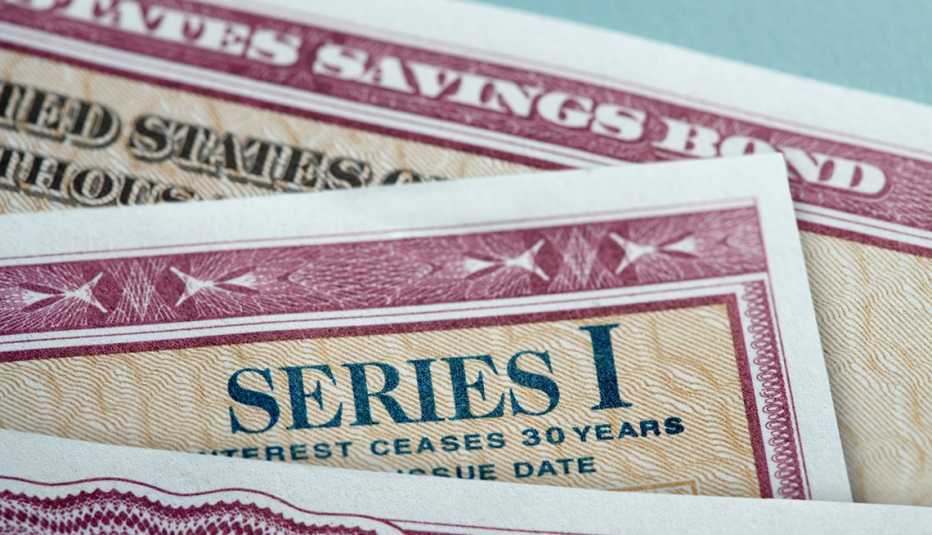Staying Fit


The U.S. I bond, which yielded 4.30 percent from November through April, saw its yield rise to 5.27 percent on Nov. 1. Although that’s less than its record high of 9.6 percent from May through October 2022, the I bond can still be a good choice for risk-conscious investors.
The Treasury Department adjusts the I bond’s yield semiannually according to changes in the consumer price index (CPI), the government’s main gauge of inflation, over the previous six months. The government announces the yield change on Nov. 1 and May 1 each year. The new yield is available through April.


AARP Membership— $12 for your first year when you sign up for Automatic Renewal
Get instant access to members-only products and hundreds of discounts, a free second membership, and a subscription to AARP the Magazine.
A safe, inflation-adjusted rate
Like other Treasury securities, I bonds are backed by the full faith and credit of the United States, which means they are backed by the full borrowing power of the United States — the country’s strongest credit backing.
I bonds, which are U.S. savings bonds, also carry a 30-year fixed rate in addition to the variable, inflation-adjusted rate. From May 2020 through October 2022, that rate was zero. The newly issued I bond, however, has a fixed rate of 1.3 percent, up from 0.9 percent from May 1 through Nov. 1. It’s the highest fixed rate since 2007. I bond holders will get the fixed rate plus the inflation adjustment, for an annualized total of 5.27 percent.
Older I bonds have fixed rates as high as 3.40 percent, which makes the inflation-rate boost particularly sweet for their holders. Those investors will get their original fixed rate as well as the inflation adjustment for the next six months. I bond yields can never be negative.
Nuts and bolts
You can buy up to $10,000 of I bonds per calendar year through the government’s Treasury Direct program. To create an account, you’ll need to provide a Social Security number, an email address, and bank account and routing numbers. You’ll also need to create a password and several security checks (such as a password reminder).



































































More From AARP
10 Answers to Grandchildren About Money
What to do about grandkids’ college, cars and moreMedical Billing Errors On The Rise
Don’t give up on billing problemsIs My Money Safe?
Insurance protects many investments, but not all